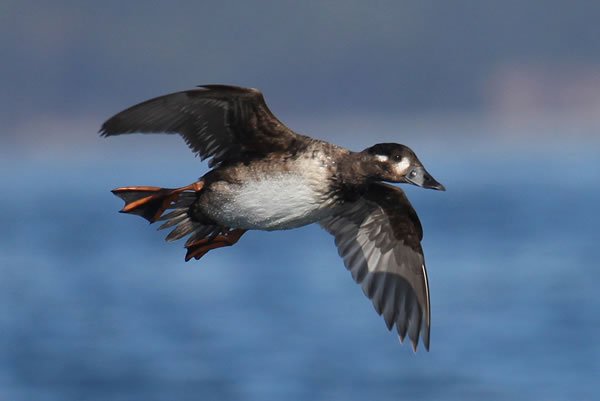Foraging values of Mulinia lateralis and Ischadium recurvum: the impacts on surf scoters wintering in the Chesapeake Bay

Project Number: 89
Year Funded: 2007
Lead Institution(s): USGS-Patuxent Wildlife Research Center
Project Lead: Alicia Wells-Berlin
Collaborator(s): Matthew Perry (USGS), University of Maryland, Friends of Patuxent Wildlife Research Center
Location: Chesapeake Bay
Focal Species: Surf Scoter (Melanitta perspicillata)
Project Description: Reports of the Atlantic coast surf scoter (Melanitta perspicillata) populations have indicated steady declines, which has necessitated further research on surf scoter populations. One of the primary wintering areas for surf scoters is the Chesapeake Bay. While wintering in the Bay the ducks primarily prey on two food items, the hooked mussel (Ischadium recurvum) and dwarf surf clam (Mulinia lateralis). Over the last 50 years, the habitat quality for these prey items has undergone drastic changes. The decline in oyster reefs and the resultant decline in availability of high quality mussels may be causing the surf scoters to switch to a more prolific food item, the dwarf surf clam. Our study will quantify the foraging values (costs-benefits) of these two prey items for surf scoters in order to evaluate the effects of this possible shift on the foraging energetics of this declining duck population.
Project Reports: https://seaduckjv.org/pdf/studies/pr89.pdf
